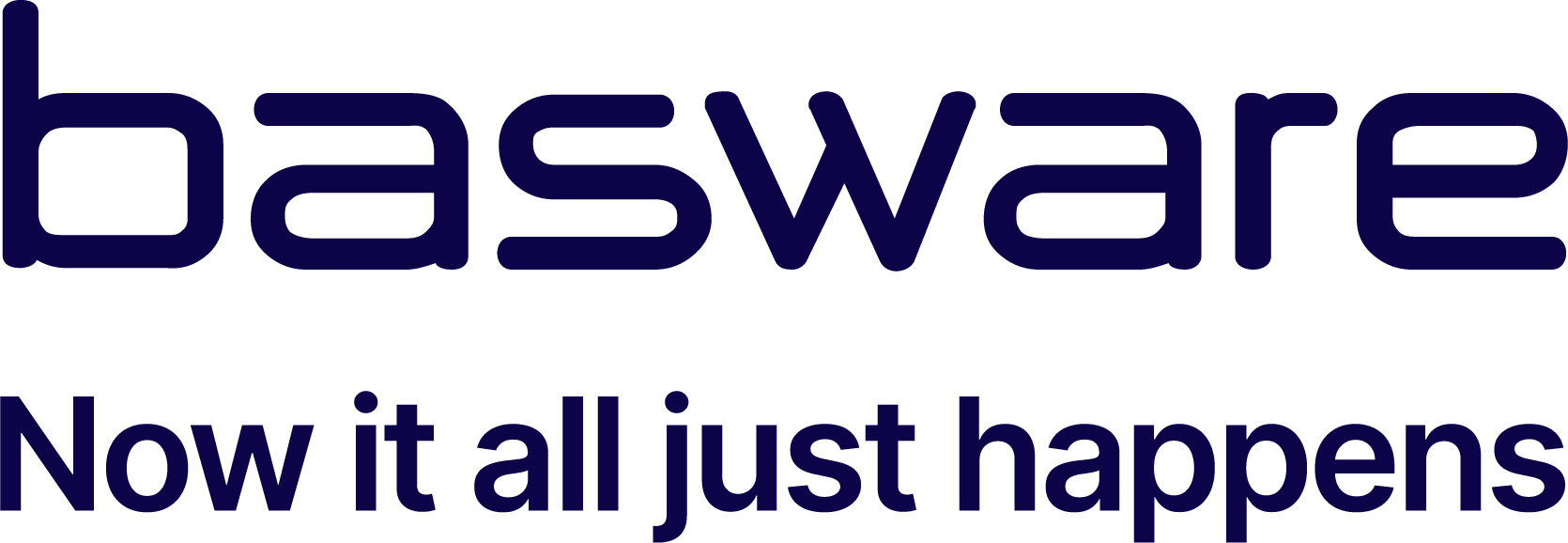- Dropshipping is popular for running a business without inventory, but VAT rules can be complex, especially with cross-border sales.
- VAT obligations differ by country and transaction flow, often requiring registration and reporting in multiple countries.
- Tools like OSS and IOSS help simplify VAT compliance for low-value goods and EU consumer sales.
- Businesses must actively track taxable turnover, register when thresholds are met, reclaim input tax, and maintain clear records.
- Dropshipping involves selling goods online without stocking them, leading to complex VAT obligations due to cross-border activities.
- VAT registration may be required based on annual turnover, cross-border shipping, customer location, and use of fulfillment centers.
- EU VAT registration is needed if country-specific thresholds are exceeded, or if the EU-wide distance selling threshold of €10,000 is surpassed.
- Non-EU businesses may also have VAT liabilities when selling to EU customers under new rules from July 1, 2021.
Source: taxually.com
Note that this post was (partially) written with the help of AI. It is always useful to review the original source material, and where needed to obtain (local) advice from a specialist.
Latest Posts in "European Union"
- Roadtrip through ECJ Cases – Focus on ”Free Products” (Art. 16)
- Briefing document & Podcast: C-438/13 (BCR Leasing Case) – Relief for Leasing Firms Facing Asset Non-Recovery
- VAT Neutrality and Tax Fraud: Implications of Recent Jurisprudence
- Blog Luc Dhont: How Can Multinationals Comply with VAT on Transfer Pricing Adjustments Post-ECJ Arcomet?
- Analysis of ECJ-cases on VAT for Ancillary Services in German Accommodation Sector














